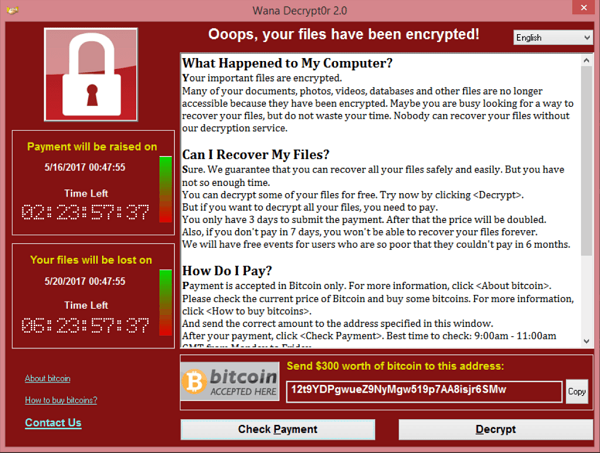Malware specifically designed for espionage/data theft is known as spyware. Like ransomware, spyware can also have a monetary payoff for the threat actor. Actors may use extortion to demand payment or the data will be
leaked. This typically means either sold on the dark web or publicly posted. Once again, given the possibility of monetary gain, spyware is often associated with criminal groups. APTs may use spyware as well to obtain secrets of national importance.
Customer data, trade secrets, proprietary data, and government secrets are all targets of spyware. Even outside of governments systems, in the corporate setting, spyware is still a major threat.
Malware is often detected by scanning storage for files that match a particular hash or by looking in files to see if they contain patterns. Both of these detection techniques rely on the malware being stored in a file.
Fileless malware attempts to avoid detection by leaving no footprint in the file system. This type of malware uses legitimate processes to load itself into memory, often with a registry key created to reload every time the machine is restarted. This creates a persistent, hard-to-detect type of malware that is often used by sophisticated threat actors such as APTs and criminal groups.

